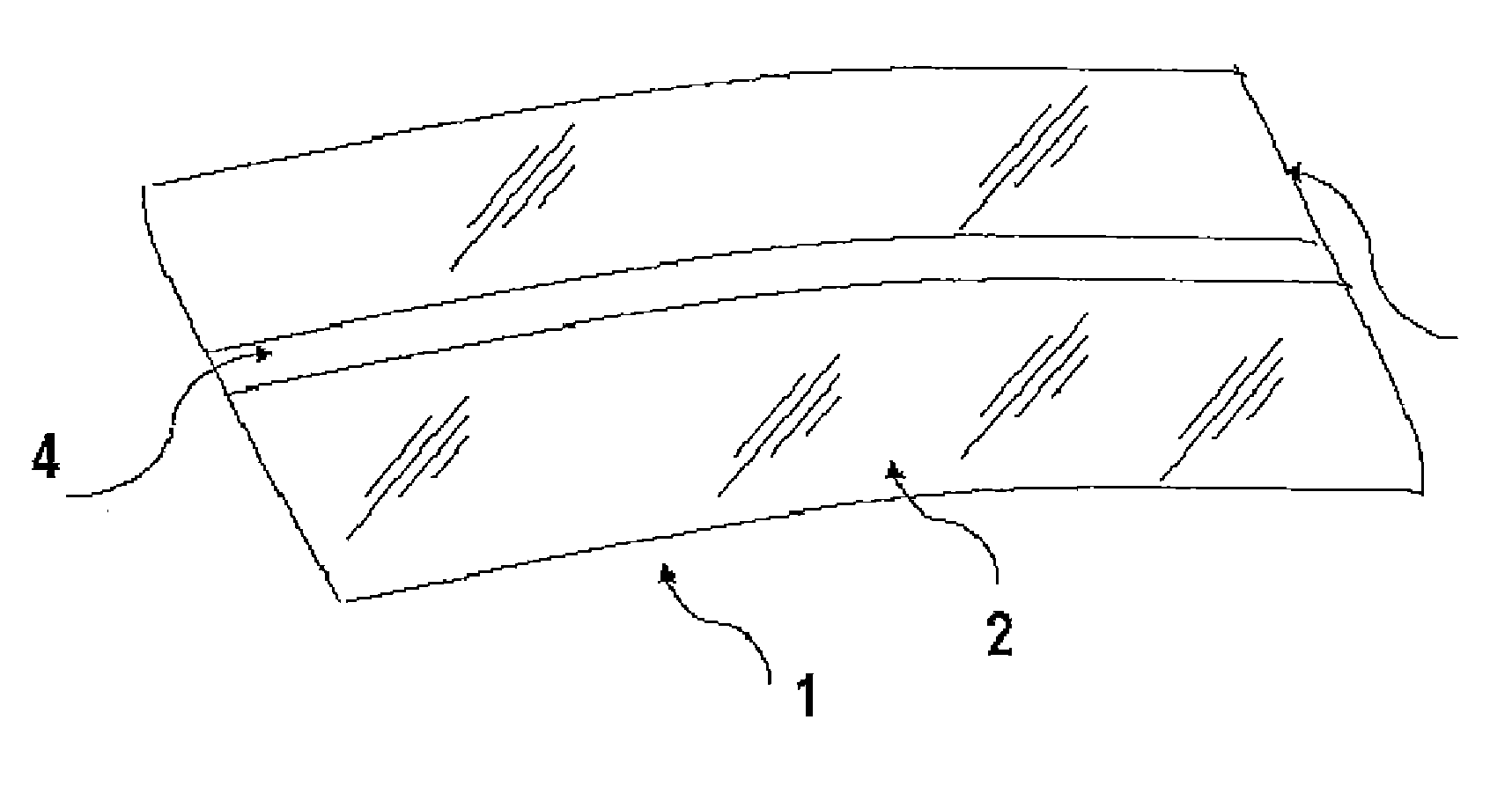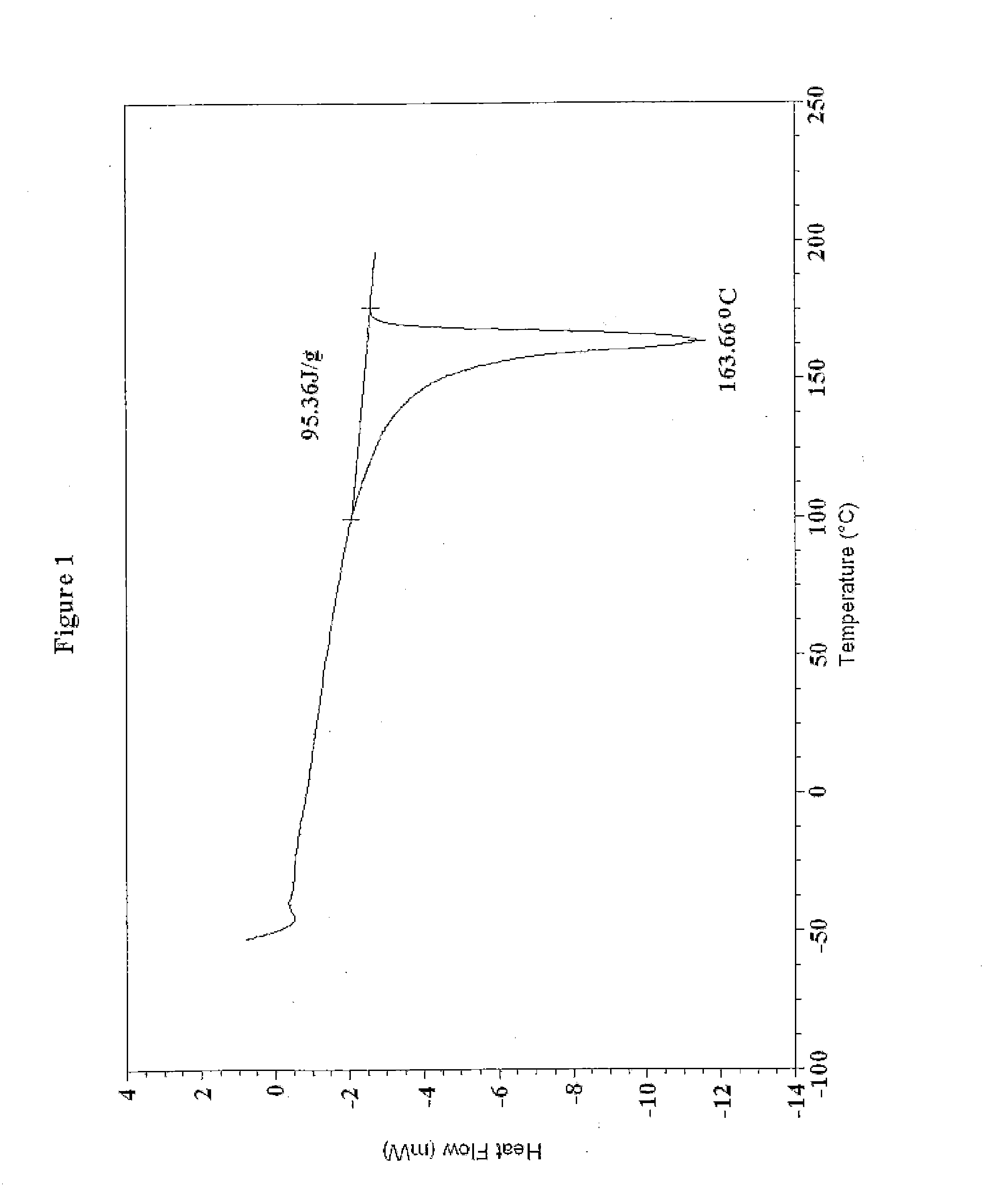Polyethylene And Polypropylene Blends For Liquid Packaging Films
a technology of polypropylene and liquid packaging, which is applied in the direction of packaging, synthetic resin layered products, closure stoppers, etc., can solve the problems of lack of thermal resistance, achieve good low temperature sealing properties, improve thermal resistance, and lack of thermal resistance
- Summary
- Abstract
- Description
- Claims
- Application Information
AI Technical Summary
Benefits of technology
Problems solved by technology
Method used
Image
Examples
examples
[0083]The following examples are used to illustrate the invention and should not be used to limit the scope of the appended claims. All parts and percentages are by weight unless otherwise specified.
[0084]In the following Table I, relevant properties of various commercial polymers used in the blends of the invention are described.
TABLE IPolymers - Relevant propertiesMelt IndexDensitySupplierIDDescription(g / 10 min.)(g / cc)NovaULDPE1ethylene-octene ULDPE0.900.912interpolymerDowULDPE2ethylene-octene ULDPE1.00.902interpolymerEquistarLLDPE1ethylene-butene LLDPE10.918NovaLLDPE2ethylene-octene LLDPE0.550.918interpolymerBasellPP1polypropylene0.650.890heterogeneousinterpolymerBasellPP2polypropylene0.600.890heterogeneousinterpolymerHuntsmanPP3propylene homopolymer0.50.900HuntsmanPP4polypropylene2.00.900homogeneousinterpolymerBasellPP5polypropylene0.450.900heterogeneousinterpolymerHuntsmanPP6polypropylene0.70.900heterogeneousinterpolymer
[0085]In the following Table 2, measured properties of com...
PUM
| Property | Measurement | Unit |
|---|---|---|
| density | aaaaa | aaaaa |
| density | aaaaa | aaaaa |
| thickness | aaaaa | aaaaa |
Abstract
Description
Claims
Application Information
 Login to View More
Login to View More - R&D
- Intellectual Property
- Life Sciences
- Materials
- Tech Scout
- Unparalleled Data Quality
- Higher Quality Content
- 60% Fewer Hallucinations
Browse by: Latest US Patents, China's latest patents, Technical Efficacy Thesaurus, Application Domain, Technology Topic, Popular Technical Reports.
© 2025 PatSnap. All rights reserved.Legal|Privacy policy|Modern Slavery Act Transparency Statement|Sitemap|About US| Contact US: help@patsnap.com



